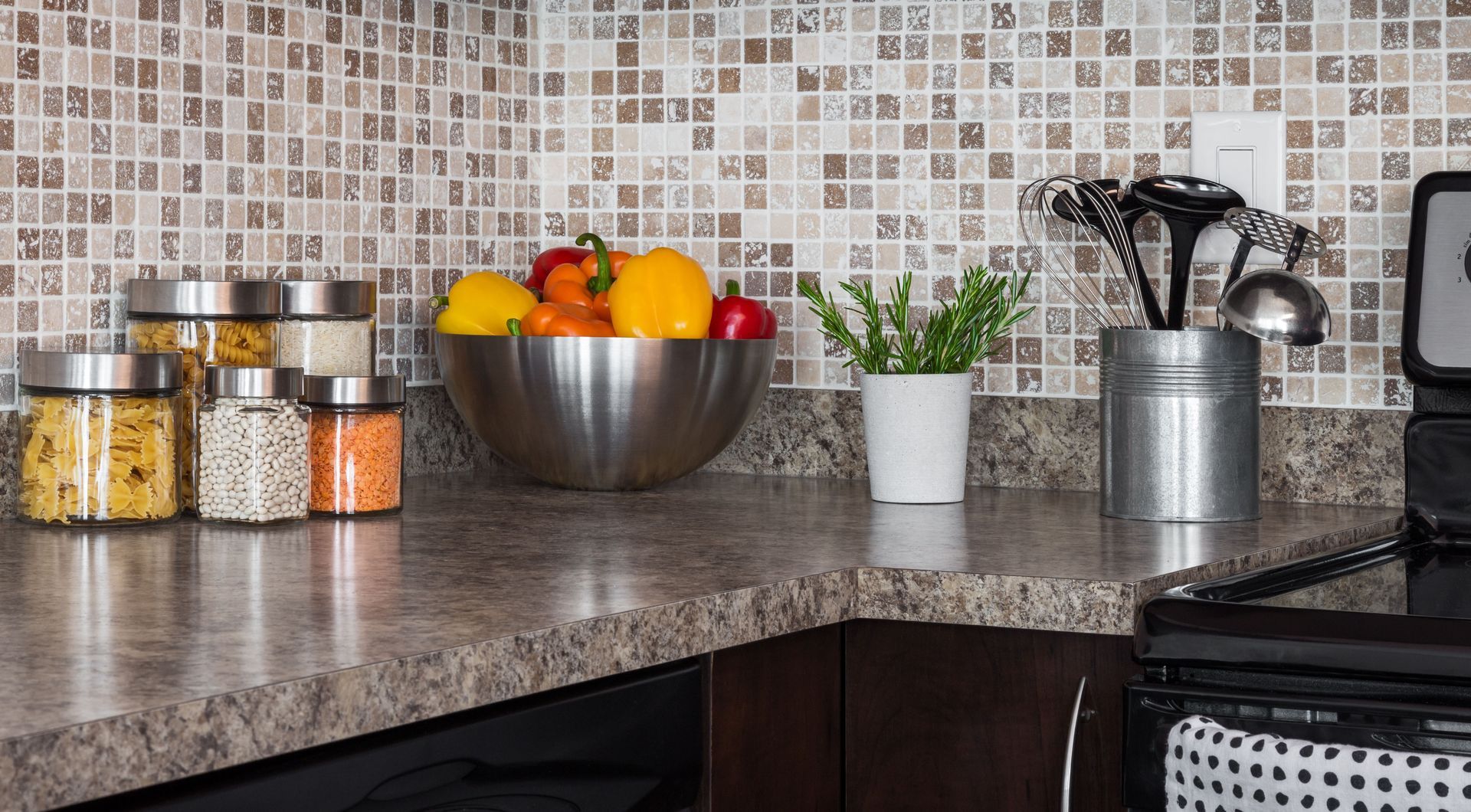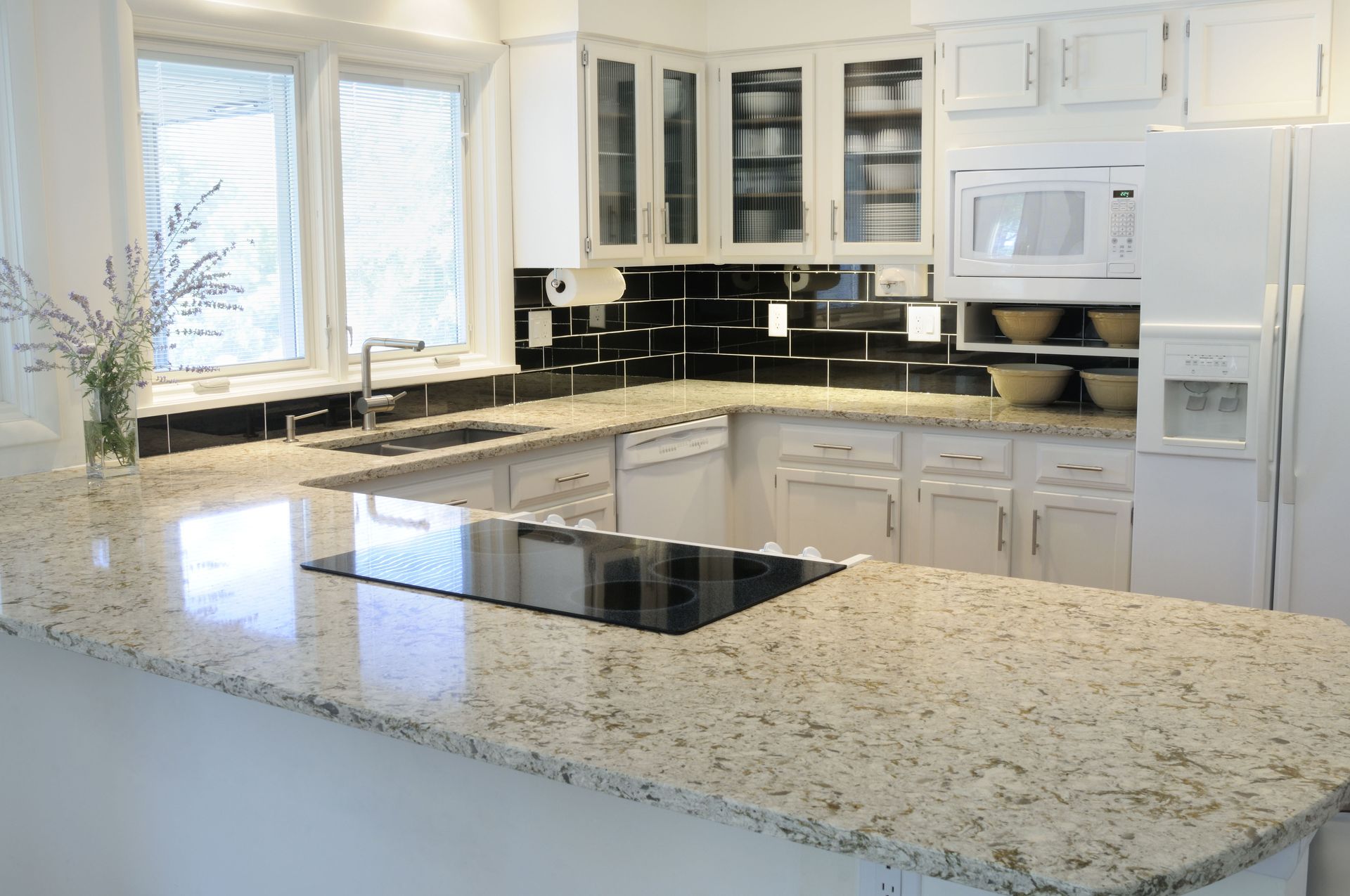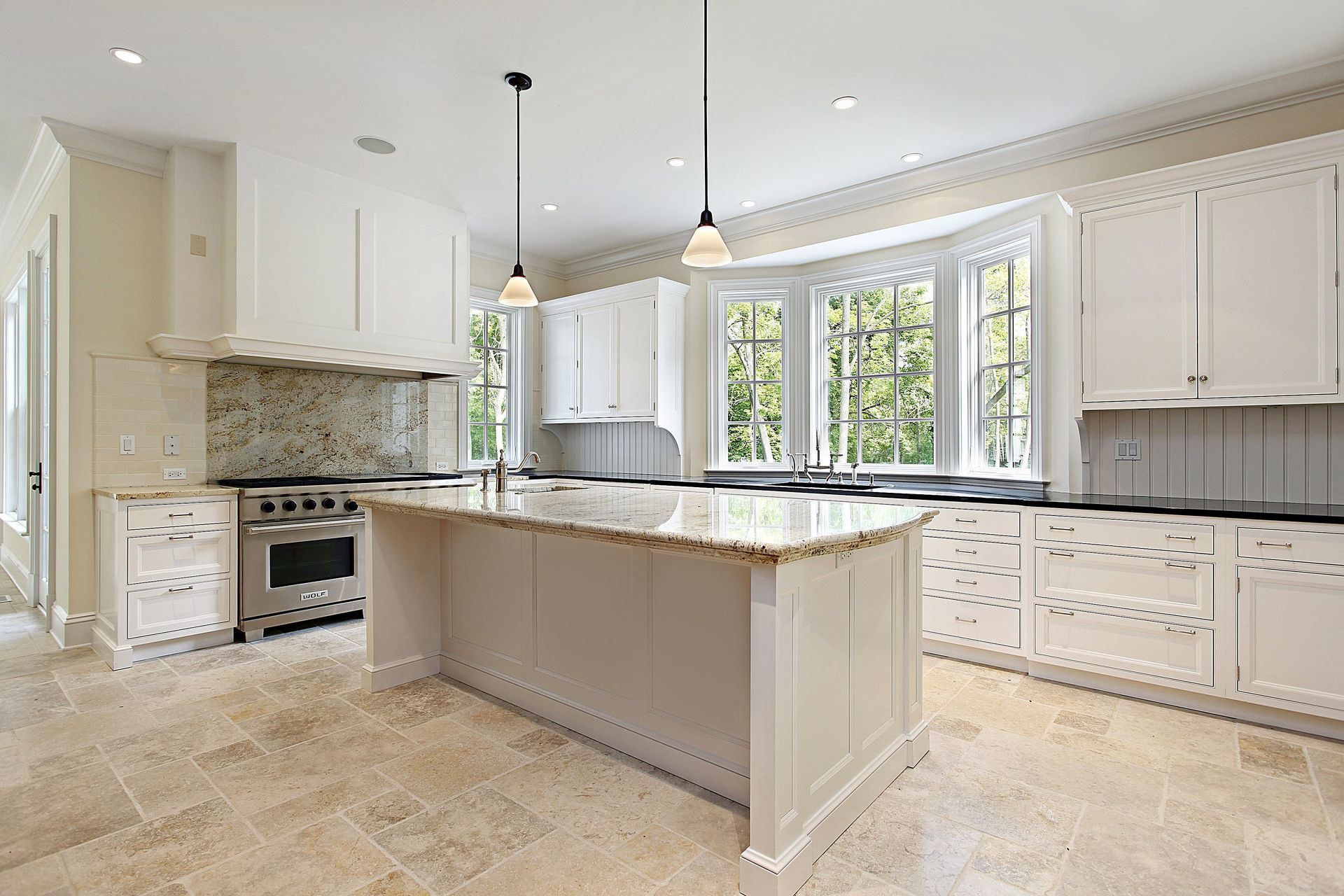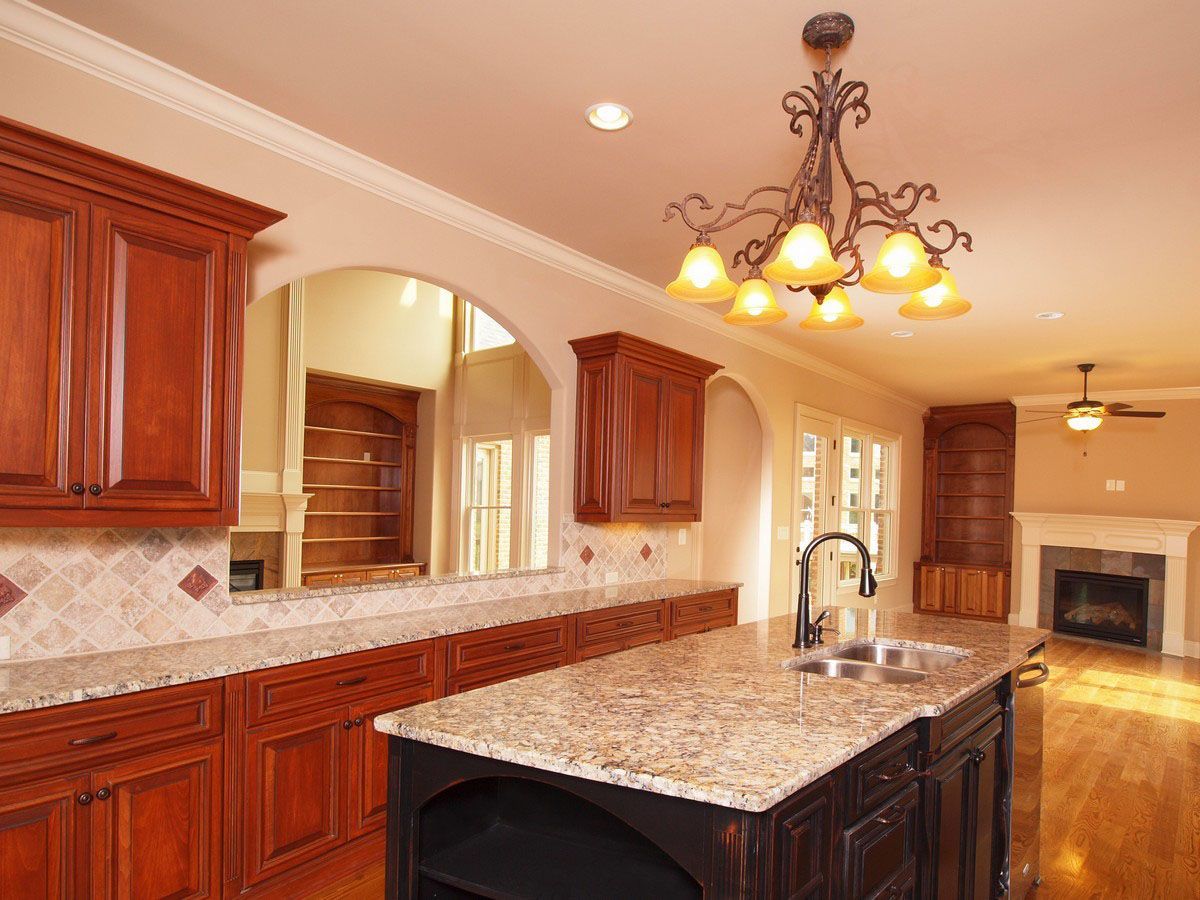October 31, 2025
Marble countertops are the epitome of timeless elegance and sophistication in the kitchen. Their natural veining and luxurious appearance instantly elevate any space, making them a favorite choice for homeowners looking to blend beauty with functionality. However, while marble offers unmatched aesthetic appeal, it also requires thoughtful care and maintenance to ensure it remains pristine for years to come. Unlike some other surfaces, marble is porous and prone to staining, etching, and discoloration if not properly looked after.
Adding to this, marble’s unique beauty is also what makes it sensitive to everyday kitchen activities, from preparing meals to entertaining guests. Understanding how to care for it can prevent costly repairs and preserve its aesthetic value. With the right habits, even a busy kitchen can accommodate marble countertops without sacrificing their elegance.
A well-maintained marble kitchen countertop can last decades, retaining its natural shine and elegance. The key lies in knowing the proper cleaning routines, protective measures, and handling precautions. Whether you’re a first-time marble owner or upgrading from another surface, taking proactive steps to care for your countertop ensures it remains both a functional workspace and a visually striking centerpiece of your kitchen. With the right approach, even everyday activities like cooking and entertaining won’t compromise the beauty of your marble.
Research Marble and Its Vulnerabilities
Marble is a natural stone composed primarily of calcite, which makes it softer and more porous than granite or quartz. This unique composition gives marble its distinctive patterns and colors, but also makes it susceptible to staining and etching from acidic substances such as lemon juice, vinegar, or tomato sauce. Even minor spills, if left unattended, can leave noticeable marks that are difficult to remove. Understanding these vulnerabilities is the first step toward maintaining your kitchen countertop in top condition.
Unlike synthetic surfaces, marble reacts to its environment. Temperature changes, moisture, and exposure to chemicals can all affect the stone over time. This means routine cleaning and careful usage are critical. For example, placing hot pots or pans directly on the marble surface can cause thermal shock, leading to cracks or discoloration. Investing in trivets, cutting boards, and coasters is a simple yet effective way to protect your countertop from everyday hazards.
Another consideration is the frequency of use. A marble countertop in a busy family kitchen will require more vigilant care than one in a seldom-used space. Recognizing the specific challenges posed by your kitchen environment helps tailor your maintenance routine, keeping your marble looking fresh and intact for years. By understanding its vulnerabilities, you can enjoy the elegance of marble without compromising its durability.
Clean Your Marble Countertop Properly
Proper cleaning is crucial to preserving the beauty of a marble countertop. Start by wiping the surface daily with a soft cloth and warm water. Mild dish soap can be used occasionally, but avoid abrasive cleaners, bleach, or acidic substances that can etch or dull the stone’s finish. Always rinse thoroughly to remove any residue, then dry the countertop with a microfiber towel to prevent water spots. It’s essential to wipe up spills immediately, particularly acidic substances such as wine, coffee, or citrus, to prevent etching or staining. Avoid scrubbing vigorously, as this can scratch the surface.
It’s also important to maintain a consistent cleaning schedule. Even small spills left overnight can penetrate marble’s porous surface. Using a pH-neutral cleaner specifically formulated for marble ensures your kitchen countertop remains free from damage and maintains its natural luster. Over time, establishing these habits will reduce the likelihood of deep stains and keep your marble looking new.
Additionally, rotating your cleaning tools and using fresh microfiber cloths prevents residue buildup. Avoid letting water or soap sit on the marble for long periods, as it can leave dull spots. Regular attention to spills and a gentle cleaning routine can prevent stains from setting, protecting the natural beauty of your counters.
Seal and Protect Your Marble
Sealing is one of the most important steps in maintaining a marble countertop. A quality sealant creates a protective barrier that reduces the stone’s porosity, helping prevent stains from penetrating its surface. According to Southern Living, you should seal marble when it’s installed and reseal it every six to 12 months, or after harsh cleaning. This simple step can dramatically extend the life and appearance of your countertop.
When choosing a sealant, opt for one that is specifically designed for marble. Apply it evenly across the surface using a clean cloth or applicator, allowing it to penetrate the stone. After the recommended curing time, buff the surface to remove any excess. This routine helps maintain the marble’s natural sheen while providing added protection against everyday kitchen spills. Be sure to follow the manufacturer’s instructions carefully to maximize effectiveness. Avoid using waxes or general-purpose sealers, as these may discolor or damage the marble. Regularly monitoring the surface for water absorption can help you determine when it’s time to reseal.
Protection doesn’t stop at sealing. Consider using placemats, trivets, and cutting boards to minimize direct contact with acidic foods or hot cookware. By combining preventive measures with regular sealing, your marble kitchen countertop can withstand daily use without losing its elegance. Protecting the stone in these ways ensures it remains a centerpiece of your kitchen for years to come.
Perform Routine Maintenance for Longevity
Routine maintenance is essential to keep your marble kitchen countertop looking its best. Start by inspecting the surface regularly for signs of wear, staining, or etching. Addressing these issues early prevents them from becoming major problems that require costly repairs. A simple visual check once a week can go a long way toward preserving your investment.
In addition to regular inspections, daily habits can make a significant difference. Wipe down your countertop after each use, avoid placing heavy objects directly on the surface, and use coasters for beverages. These small practices help protect the marble from scratches, stains, and thermal damage, ensuring it remains a functional and beautiful centerpiece in your kitchen.
Finally, professional care can enhance the longevity of your marble. Periodic deep cleaning, polishing, and resealing by a skilled specialist will help restore the stone’s shine and maintain its structural integrity. Combining professional care with everyday precautions ensures your countertop retains its elegance and durability for decades to come.
Marble countertops offer unmatched beauty and sophistication, transforming any kitchen into a luxurious and inviting space. However, their natural elegance comes with specific maintenance requirements that should not be overlooked. From understanding the stone’s vulnerabilities to establishing proper cleaning routines, sealing, and protective practices, every step contributes to preserving both the appearance and longevity of your kitchen countertop.
By investing time in proper maintenance, you can prevent common issues like staining, etching, and minor damage. Immediate attention to spills, using protective measures, and routine professional care ensures your countertop stays as beautiful as the day it was installed. With these strategies, your marble countertop can continue to elevate your space, combining elegance and functionality seamlessly. A little diligence goes a long way, allowing you to enjoy the timeless beauty of marble for years to come.
Enhance the beauty of your kitchen with quality countertops from International Marble & Granite Enterprises Inc. Contact us today to explore our marble kitchen countertop options to elevate your kitchen's look.


















